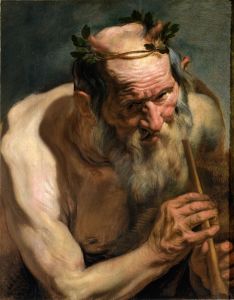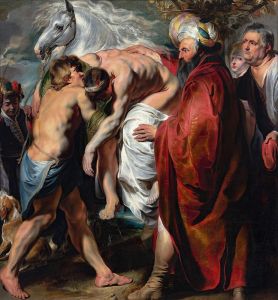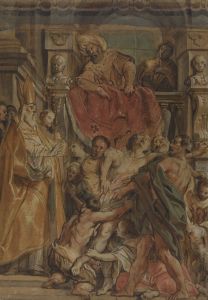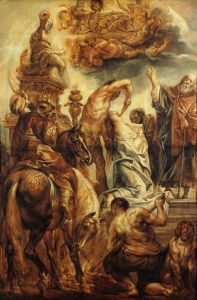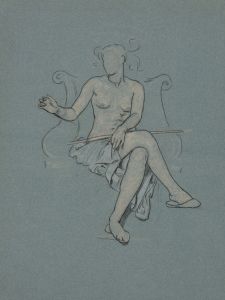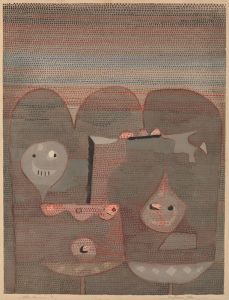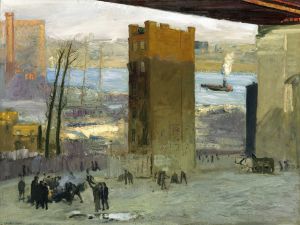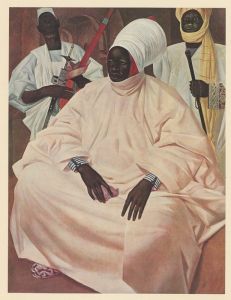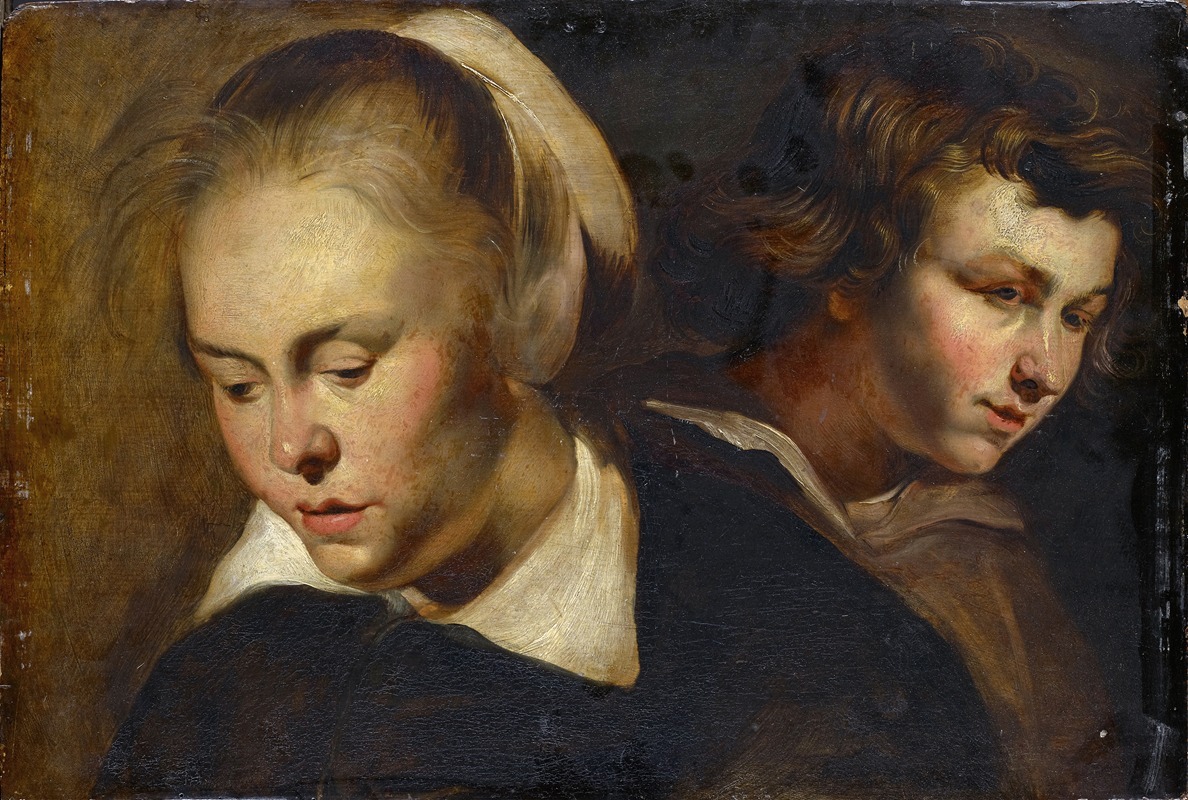
Study Of Heads
A hand-painted replica of Jacob Jordaens’s masterpiece Study Of Heads, meticulously crafted by professional artists to capture the true essence of the original. Each piece is created with museum-quality canvas and rare mineral pigments, carefully painted by experienced artists with delicate brushstrokes and rich, layered colors to perfectly recreate the texture of the original artwork. Unlike machine-printed reproductions, this hand-painted version brings the painting to life, infused with the artist’s emotions and skill in every stroke. Whether for personal collection or home decoration, it instantly elevates the artistic atmosphere of any space.
Jacob Jordaens was a prominent Flemish Baroque painter, known for his vibrant use of color and dynamic compositions. He was born in Antwerp in 1593 and became one of the leading artists of his time, alongside Peter Paul Rubens and Anthony van Dyck. Jordaens is celebrated for his genre scenes, religious works, and portraits, which often depict lively and robust figures.
"Study of Heads" by Jacob Jordaens is a work that exemplifies his skill in capturing human expressions and character. While specific details about this particular piece are limited, it is understood that such studies were common practice among artists of the Baroque period. These studies allowed artists to explore different facial expressions, emotions, and character types, which they could later incorporate into larger compositions.
Jordaens, like many of his contemporaries, would have used these studies to refine his understanding of human anatomy and expression. This practice was essential for creating the dynamic and emotive figures that characterized Baroque art. The ability to convey emotion and movement was a hallmark of the period, and studies of heads were a crucial part of an artist's training and creative process.
In "Study of Heads," Jordaens likely focused on capturing a range of expressions and physiognomies. Such studies would have been executed in various media, including chalk, ink, or oil, depending on the artist's preference and the intended use of the study. These works were not always intended for public display but served as valuable resources for the artist's larger projects.
Jordaens' work is noted for its robust figures and earthy realism, often depicting scenes of everyday life with a sense of humor and vitality. His studies of heads would have contributed to this style, allowing him to experiment with different facial types and expressions. This approach enabled him to create compositions that were both lively and relatable, resonating with the viewer through their depiction of familiar human emotions and interactions.
While "Study of Heads" may not be as widely recognized as some of Jordaens' larger works, it represents an important aspect of his artistic process. These studies highlight the artist's dedication to understanding and portraying the human condition, a theme that runs throughout his oeuvre.
Jordaens' influence extended beyond his lifetime, as his works continued to be appreciated for their technical skill and expressive power. His studies, including those of heads, remain valuable for understanding the methods and practices of Baroque artists. They offer insight into the creative process behind some of the period's most enduring and dynamic artworks.
In summary, "Study of Heads" by Jacob Jordaens reflects the artist's commitment to capturing the essence of human expression. While specific details about this work are scarce, it embodies the broader practices of Baroque artists in their pursuit of realism and emotional depth. Through such studies, Jordaens and his contemporaries laid the groundwork for their larger, more complex compositions, contributing to the rich tapestry of Baroque art.






